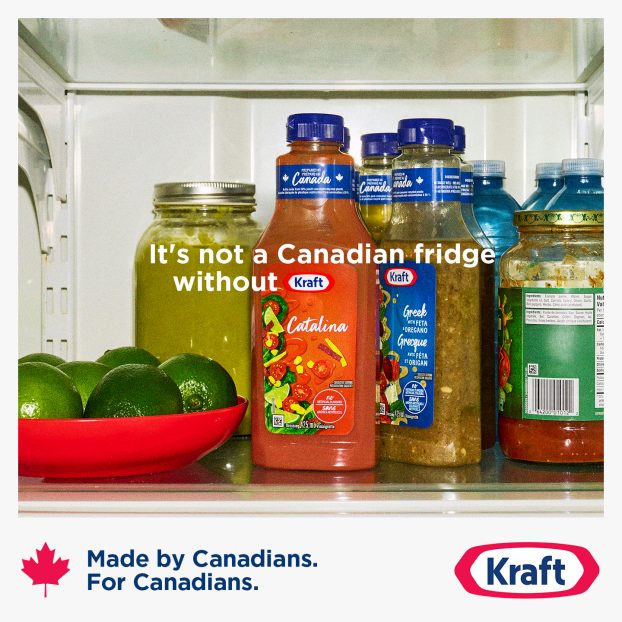Like the makers of breakfast cereal and beer, charitable organizations in Canada face a serious challenge in the advertising arena.
There’s just too much competition these days. With so many social organizations clamouring for public attention and donor dollars, it’s getting harder for anyone in this category to be certain their message will be heard. In the minds of consumers, all those heartfelt appeals for support just start to blur together after a while.
‘There’s lots of pressure on any charity to cut through,’ says Judith John, vice-president of marketing and communications for the United Way of Greater Toronto. ‘Sometimes a spot will appear and I’ll get a call from someone saying, ‘Loved your ad.’ And I’ll have to say, ‘Well, thanks a lot – but in fact that was another organization.”
Such was the dilemma facing Toronto’s United Way organization and its agency, Vickers & Benson Advertising, as they prepared for this year’s fall ad campaign: How to craft advertising that would stand apart from the great mass of social marketing messages out there by establishing a stronger emotional connection with the audience?
United Way of Greater Toronto raises funds for approximately 200 health and social service agencies throughout the city. In 1999, donations totaled more than $63 million.
In recent years, John says, the organization’s advertising has focused primarily on the need to address major social issues such as homelessness. This year, the goal was to show the good that donations can create, by presenting the true stories of people whose lives the United Way has helped change for the better.
‘There are all kinds of statistics we can throw out,’ John says. ‘But that’s not as meaningful as seeing someone’s face and hearing in their own words: ‘Your money made a difference to me. Here’s the result of your generosity.”
The campaign – which includes TV, newspaper, magazine, outdoor, transit and radio – features testimonials from three different people describing in their own words how the assistance of United Way-supported organizations has made a difference for them.
There’s Barry Sparks, once a drug addict and now a cook, thanks to help from a local community centre. There’s Charleen Edwards, who has put a past of alcohol and heroin behind her and is now a proud mother. And there’s Carmelina D’Amico, who relies on a seniors’ day care centre to help look after her Alzheimer’s-stricken mother-in-law.
‘We wanted to communicate the idea that your money will help people who are working to help themselves,’ says Trish Sullivan, vice-president, creative planner with Vickers & Benson.
Authenticity was key to the strength of the creative, she says. The TV spots, which feature the subjects telling their stories to the camera, were entirely unscripted. Similarly, the text of the print ads consists, by and large, of the individuals’ own words. (One small but effective touch enhanced the latter ads – the portrait photographs were torn up and then taped back together, to convey visually the idea that United Way support helps repair damaged lives.)
Finding people to profile in the campaign involved extensive consultation between the United Way, some of the local organizations that it supports, and the ad agency.
‘It was challenging,’ John says. ‘Partly because there are just so many stories. And also because you’re asking a lot of the individuals who are telling the story. You’re going to be on film talking about it, people are going to see your face in the subway. It’s a very brave thing to do.’
Sullivan, for her part, says it’s the hopefulness of this campaign that will help it win hearts and minds. Too many social marketing campaigns, she argues, foster a sense of despair that leaves potential donors questioning whether their money is likely to do any good.
‘So we said: ‘What is a more positive message that is still based on a brand truth? And the truth of the United Way brand is that it’s about empowerment.’
Credits:
Client: United Way of Greater Toronto
Agency: Vickers & Benson Advertising
Client Service: Kim Warren
Planning: Trish Sullivan
Creative Director: Larry Gordon
Copywriters/Art Directors: David Innis, Gavin Barrett
Print Production: Jane Sallows
Producer: Karen Farrell
TV Production House: Jolly Roger
Post- Production Company: Eyes Post
Media: TV, radio, newspaper, magazine, outdoor transit























